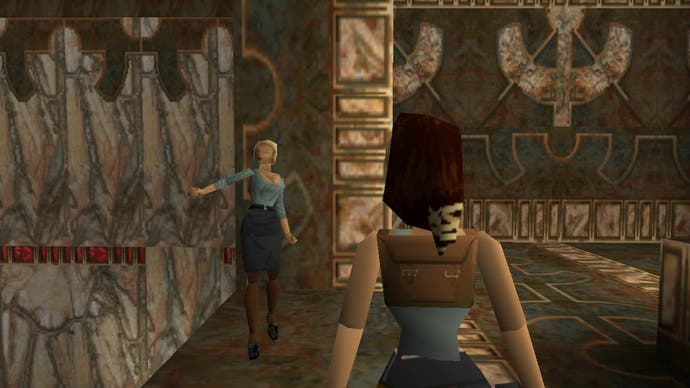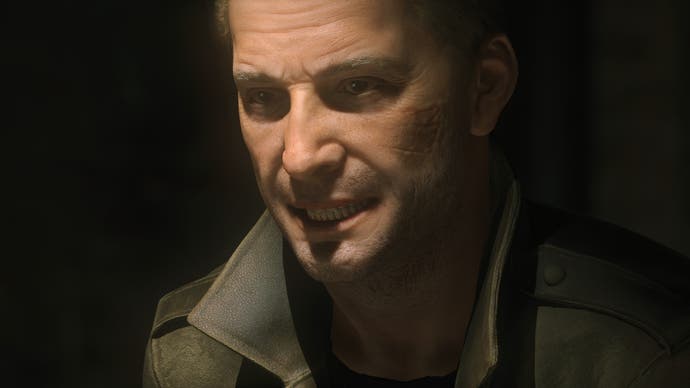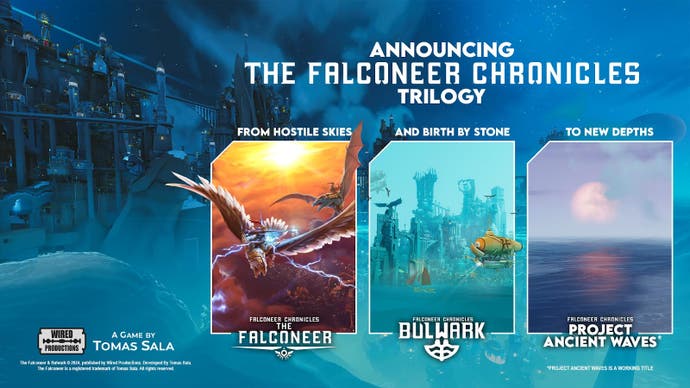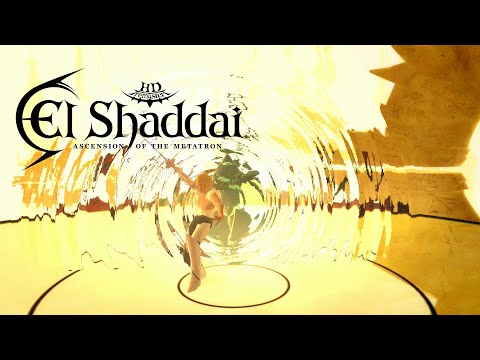The official Tomb Raider site has given us little tease as to how it plans to unify the timelines between the original Core trilogy and the recent Survivor trilogy.
Back in 2021, Crystal Dynamics confirmed that future games in the franchise will unite the two sets of Tomb Raider timelines. Since then, we have seen Lara Croft pop up in Call of Duty with a design which mixed that ‘Classic Lara’ look of old, including her dual pistols, tank top and braid, alongside elements from the more recent rebooted games. A subsequent image shared on the Tomb Raider website earlier this month also gave us another look at a unified Lara (see header image above).
But while we have a pretty good idea of how Lara will look in Crystal Dynamics’ upcoming-but-still-very-under-wraps Tomb Raider game, how the two trilogies’ lore would be unified was still a bit of a mystery. Now however, a sneaky line of text on the Tomb Raider website has given us our first idea of how the two timelines will connect.
Before I get into it, I will give you a quick refresh on some aspects from both trilogies, so please be aware of spoilers for several Tomb Raider games below.
The very first Tomb Raider all starts with an atomic explosion in Los Alamos, New Mexico. A strange figure is seen in the resulting crater, but nothing is said about who or what it is. The game then skips forward in time, and sees Lara hired by an enigmatic businesswoman named Jacqueline Natla. She is tasked with obtaining the Scion of Atlantis, an ancient and mysterious artefact. This sets Lara off on a globetrotting adventure that eventually culminates at a monster-filled Atlantean pyramid on a volcanic island.
It turns out Jacqueline Natla is actually an ancient Atlantean leader who was imprisoned after she used the Scion to create a ‘superior’ race of mutant beasts. Lara, of course, gets the upper hand on Natla, and the story ends with Natla falling into a lava-filled pit. Lara then escapes the island on Natla’s yacht.

In the rebooted Tomb Raider trilogy, meanwhile, Lara is constantly coming up against a religious military order known as Trinity. This group of fanatics seeks to control the fate of humanity through ancient artefacts, such as Rise of the Tomb Raider’s Divine Source and Shadow of the Tomb Raider’s Dagger of Chak Chel.
And this is where the unifying all comes in. According to a new post on the Tomb Raider website, it was actually Trinity that released Natla from her imprisonment. It is unclear if this was an accident or if there were some nefarious intention.
“In 1945, amid the devastating Trinity Project at Los Alamos, New Mexico, the explosive birth of the atomic bomb liberated Natla from her eternal slumber. Upon gaining her freedom, she adopted the name Jacqueline Natla and established Natla Technologies to finish what she had started all those centuries ago,” the post reads.
It’s a small line, but a nice inclusion for the series going forward.

As for games you can play now, Tomb Raider 1-3 Remastered arrived just last week. We awarded this release four stars, acknowledging some of its dated qualities.
“I still love this collection, because it’s carefully made and lovingly updated, but also awkward, elbowy, frustrating and prone to leaving me stuck. It’s a collection that understands that Tomb Raider was absolutely a game about its controls, and it still should be – even if it doesn’t quite know how to deliver on that,” our Donlan wrote in Eurogamer’s Tomb Raider 1-3 Remastered review.
As well as the games, there are also two Tomb Raider shows in the pipeline, one at Amazon and one at Netflix. Amazon is also said to be working on a Tomb Raider film adaptation.



